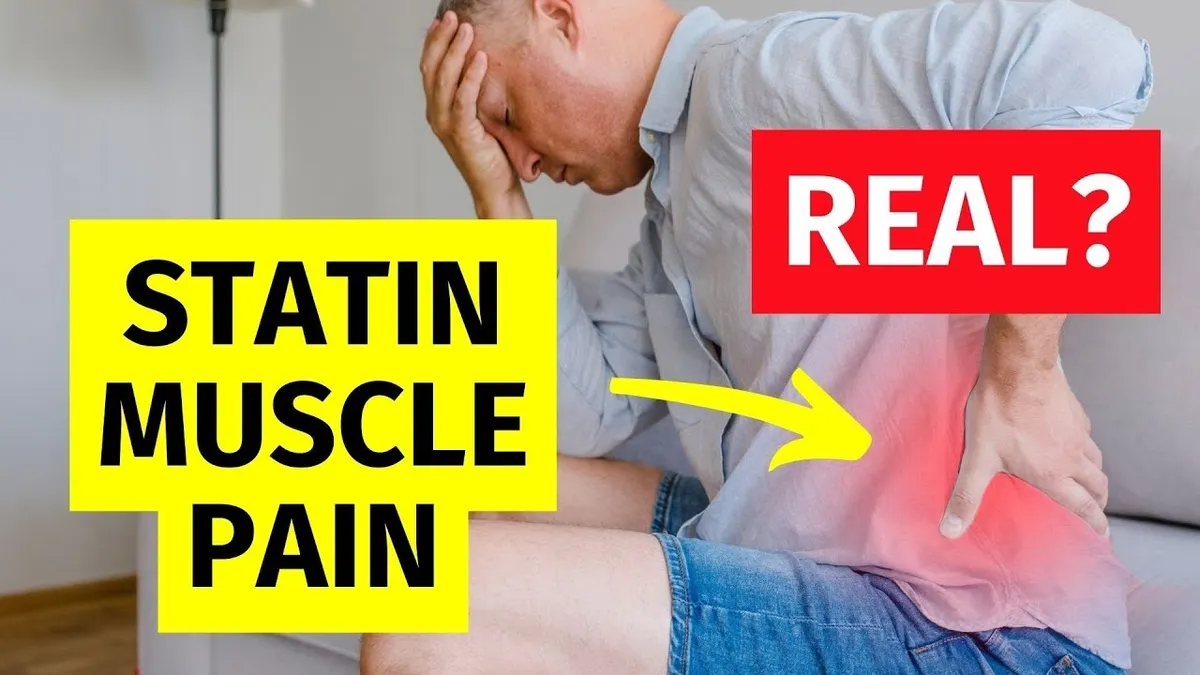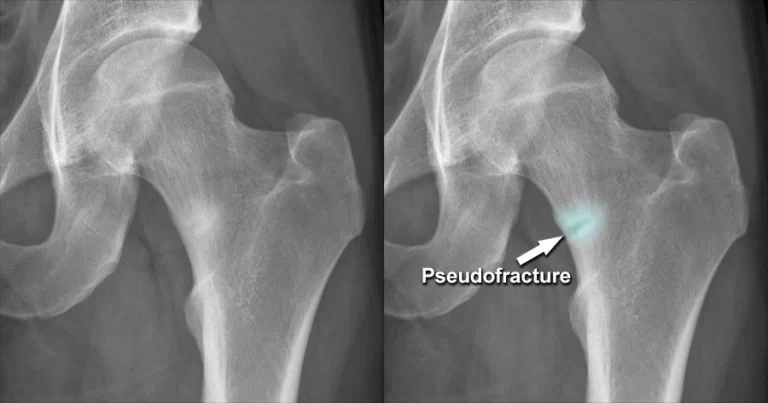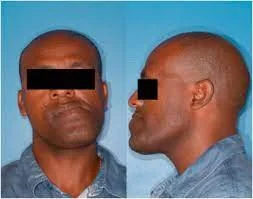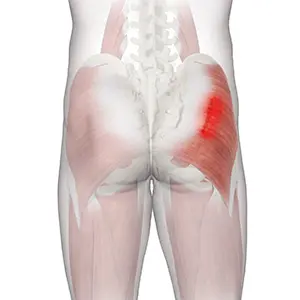Statin-Induced Muscle Pain/Statin myopathy
Statin-induced muscle pain, also known as statin myopathy, is a collection of muscle-related symptoms that can occur in persons taking statins. A type of medication known as statins decreases blood cholesterol levels.
People who take statins typically have a good tolerance for them. On the other hand, some people could have adverse consequences including muscle soreness. It is important to note that not everyone who takes statins develops muscle discomfort, and the severity varies greatly.
Statins, or cholesterol-lowering medications, are frequently prescribed by medical practitioners to assist in reducing the risk of heart attack or stroke. You have typically taken statins for the duration of your life.
The use of statins may cause some adverse effects. Statin-Induced Muscle Pain, a clinical disease of the skeletal muscles, is the most frequent adverse effect. Researchers estimate that between 7 and 29% of statin users develop statin-associated muscular symptoms or SAMS.
This article will examine the possible reasons for muscular discomfort from statins, how to relieve it, and when to consult a physician.
Statins: What are they?
- To reduce cholesterol and the risk of cardiovascular disease, more than 200 million individuals use statins, making them one of the most often prescribed drugs worldwide. The way the medications function is by reducing your liver’s synthesis of low-density lipoprotein, or “bad,” cholesterol
- Artery-clogging plaques might develop in your arteries as a result of high cholesterol levels. The primary risk factor for a heart attack is plaque accumulation in the coronary arteries that supply your heart.
- There are seven different kinds of statins. Everyone functions slightly differently within your body. Milder statins are usually used if you have lower LDL levels, usually as a preventive step if you’re at low risk. In contrast, stronger statins are normally given if you have very high LDL cholesterol levels and other heart disease risk factors.
- The statins are listed below in order of strength from strongest to mildest: Fluvastatin, Rosuvastatin, Atorvastatin, Pitavastatin, Simvastatin, Lovastatin, and Pravastatin.
- The most significant statins include rosuvastatin and atorvastatin, whereas fluvastatin is the least effective. There are also medications in combination. For example, Vytorin is a combination of the statin simvastatin and the medication ezetimibe, which lowers cholesterol absorption from food.
What is Statin-Induced Muscle Pain?
Statin-induced muscular pain, commonly known as statin myopathy, refers to a group of muscle-related symptoms that can develop in people taking statins. It is crucial to emphasize that not everyone who takes statins experiences muscular soreness, and the intensity varies widely.
Myopathy, a muscular disease that affects up to one-third of statin users, is the most common complaint linked to statins, according to the American College of Cardiology. Muscle-related symptoms that did not exist before you started taking a statin are brought on by statin-induced myopathy.
It is common for symptoms to appear shortly after starting statin medication. The following symptoms could be present in any or all cases of the disorder:
- Musculoskeletal pain
- Muscular weakness
- cramping issues with the tendon
- Exhaustion
Types of Statin-Induced Muscle Pain
Based on toxicity, myopathy is divided into three categories
- Myalgia: The term “myalgia” describes widespread discomfort in your muscles. The creatine kinase enzyme, which is linked to muscle injury, can be slightly elevated. A normal blood test can determine whether you have elevated kinase in your circulation.
- Myositis: Muscle soreness, sensitivity, or weakness along with elevated blood creatine kinase levels are symptoms of myositis.
- Rhabdomyolysis: Rhabdomyolysis is a severe and potentially fatal form of myopathy. It is caused by significant elevations of creatine kinase, up to ten times higher than normal readings, and muscle breakdown. Rhabdomyolysis can occasionally be lethal because of acute renal failure. However, rhabdomyolysis is extremely uncommon, affecting less than 1 in 100,000 statin users annually.
What is Myotoxicity?
- Muscle cell death is known as myotoxicity. Numerous things, including medicines like statins and snake venom, can cause it. Mild to severe symptoms are possible.
- Because statins affect your muscle antigens, they can interact with the components of your muscle cells, such as mitochondria, and cause an inflammatory response that can lead to myotoxicity.
- Additionally, a study indicates that statins may cause myotoxicity by interfering with oxygen delivery, electrolyte balance, or other aspects of muscle health.
Causes of the Statin-Induced Muscle Pain
- It is not clear why or how statins produce muscular issues, or why some people have these side effects while others do not. Statins may interfere with a protein necessary for muscle health and development.
- Another explanation is that statins reduce coenzyme Q10 levels, which are required for your muscles to function properly. A 2019 study also reveals that statins may trigger calcium release from your muscles, resulting in a variety of symptoms such as muscular discomfort and weakening.
- Muscles usually release some calcium when stimulated. If this mechanism becomes unstable, it may cause tissue damage and cell death. This process might explain the cause of SAMS. However, when the scientists administered electric stimulation to muscles, it did not appear to impair their capacity to move.
- Similarly, statins did not affect muscular function or strength in rats, probably because exercise kept the statins from causing muscle damage. The researchers propose that statin muscle soreness may affect those who have a susceptibility to it, but that exercise might reduce the effect.
Symptoms of Statin-Induced Muscle Pain
- Symptoms of myopathy often appear in the muscles of the upper arms, shoulders, pelvis, and thighs.
- During the advanced stages of the condition, the muscles in your feet and hands may be compromised.
- Common problems, especially in the lower body, are Cramps, heaviness, and rigidity.
The symptoms of rhabdomyolysis are:
- Symptoms include acute muscular pain, black urine, and weakness.
- Kidney Damage
- Physical activity increases your risk of developing myopathy compared to sedentary behavior.
Diagnosis of Statin-Induced Muscle Pain
- Consult your healthcare practitioner if you are experiencing muscle soreness after starting statins. Although there’s a good chance the medication is to blame for your discomfort, they’ll also look into potential other explanations.
- Your doctor will probably also check your blood for elevated levels of creatine kinase (CK), which is a sign of rhabdomyolysis. If found, statins will be immediately discontinued.
- However, your healthcare professional may determine that continuing statin therapy is beneficial if your only symptoms are pain and/or a slight elevation in CK blood levels.
- They might advise continuing therapy as usual or recommending a brief stoppage till the issue is resolved.
Risk Factors for the Statin-Induced Muscle Pain
Several variables may increase a person’s chance of getting SAMS, including:
- Higher statin doses
- Lower muscle mass is more frequent in elderly persons, those with physical limitations, females, and people with a lower body mass index.
- hypothyroidism
- Alcohol use can lead to vitamin D insufficiency, which may be more prevalent among elderly people, those who spend a lot of time inside, and those with darker skin.
- Consuming grapefruit, starfruit, or pomegranate juice may interact with drugs such as azole antifungals, mycin antibiotics, tricyclic antidepressants, calcium channel blockers, and sildenafil (Viagra).
- Certain genetic variants that influence statin metabolism
Side Effects of Statin-Induced Muscle Pain
Statins, like any other potent medication, can have a wide range of adverse effects. Most adverse effects subside after many weeks or months of statin therapy. Some of the most typical side effects include:
- Headache
- Dizziness
- Nausea
- Tiredness.
- Low blood platelet count
- Sleep disturbances
Management of Statin-Induced Muscle Pain
If you develop muscular myopathy symptoms after commencing statin medication, consult your doctor as soon as possible.
- A blood test is often conducted to determine creatine kinase levels and rule out rhabdomyolysis. If rhabdomyolysis is the cause, statin therapy will be discontinued promptly.
- In most cases, your creatine kinase levels will be normal or very slightly raised. If this is the case, a doctor will first rule out other variables that might be causing your discomfort, such as intense exercise, alcohol misuse, or medical disorders like hypothyroidism or vitamin D insufficiency.
- A temporary break from statin medication may be required to assess if the muscular pains you’re experiencing are caused by statin use or just a result of the natural aging process. A doctor may temporarily suspend your therapy for a few weeks to allow you to compare how you feel when you are and are not taking the medicine.
- Lowering your dose may help relieve muscular soreness, but it may also interfere with your medication’s cholesterol-lowering benefits. As a result, a doctor may simply recommend switching to another statin that works just as well but may be taken in a lower dose.
Healthy living behaviors are also recommended, including:
- Moderate exercise.
- Healthy diet
- Quit smoking
- Dietary supplements, such as vitamin E, coenzyme Q10, and niacin.
- Muscle myopathy can be a troublesome side effect of statin therapy, but you should never discontinue your prescription for an extended period without first consulting your doctor.
How to Reduce Statin-Induced Muscle Pain
Scientists are still figuring out what can assist with statin muscle soreness. However, some studies indicate that the following may prove useful:
- Moderate Exercise: A study found that moderate exercise in rats may restore the physiological alterations that might cause statin muscular soreness.
- Vitamin D: Increasing vitamin D intake through safe sun exposure, diet, or supplements may assist in alleviating muscular discomfort overall. Further research is needed to confirm the effects of vitamin D on people with SAMS.
- Coenzyme Q10(CoQ10): According to recent research, CoQ10 supplementation may help control SAMS. However, recent research indicated that CoQ10 supplementation did not improve SAMS.
Can a person recover from statin-induced myopathy?
- Stopping taking statins is often the only method to reverse their effects on muscle cells.
- Symptoms usually go away after three months of stopping statins, with no long-term consequences. However, research reveals that in some circumstances, some muscle damage is irreversible.
- Moderate exercise, as opposed to strenuous physical activity, may also assist in alleviating myopathy symptoms. However, if you have heart disease or serious heart disease risk factors, your exercise regimen should be cleared by a doctor.
Statin Alternatives
A person who is unable to take statins should visit their doctor to try an alternative medication. The physician may suggest one of the following:
- Ezetimibe lowers cholesterol absorption, whereas fibrates reduce triglyceride levels and boost HDL cholesterol.
- Niacinic acid elevates HDL cholesterol, whereas bile acid sequestrants cure high cholesterol by increasing HDL levels.
- Proprotein convertase subtilisin/kexin type 9 inhibitors lessen low-density lipoprotein cholesterol.
- These medications are not a straight replacement for statins, and each has a unique purpose. To lower cholesterol levels, a person may need to take more than one of these medicines or combine them with statins.
Summary
Statins can induce muscular soreness in some persons, while the specific explanation is unknown. These medications are beneficial in the treatment of high cholesterol.
Tell your doctor straight away if you get muscular soreness while taking statins. This ache might occasionally indicate significant injury. Your doctor may reduce your dose or recommend another statin. Your doctor may even prescribe a non-statin medication to decrease your cholesterol. Together, you and your doctor can choose a drug that will help you regulate your cholesterol while also balancing efficacy and adverse effects.
FAQs
Where do you sense muscle aches due to statins?
They may experience pains or weakening in the big muscles of their arms, shoulders, thighs, or buttocks on both sides of their body within a month after beginning statin therapy. Affected individuals make up 5–10% of those who try statins. It is more prevalent in women, the elderly, and people using stronger statins.
What signs of muscle deterioration are caused by statins?
Signs and symptoms are:
Severe ache in every muscle in the body.
Muscle weakness.
Urine with a dark or cola color.
What signs and symptoms are associated with statin myalgia?
Symptoms of statin-caused myopathy include fatigue, muscle soreness, muscle tenderness, muscle weakening, nocturnal cramps, and tendon pain. Exercise usually makes the proximal, generalized muscular sensations worse.
How long does muscular discomfort go away when statins are stopped?
Muscle discomfort resolved quickly in all patients who stopped taking statin therapy, usually within a month of stopping treatment.
Why do statins produce such severe muscle soreness?
It remains unclear how statins contribute to muscle soreness. One possibility is that statins might interfere with a protein in muscle cells, preventing the creation of new muscle. There is also a theory that suggests statins lower your body’s natural supply of coenzyme Q10. This stuff aids in the synthesis of energy in your muscles
References
- Haghighi, A. S. (2021, March 5). What causes statin muscle pain, and will it go away? https://www.medicalnewstoday.com/articles/statin-muscle-pain#symptoms
- Roland, J. (2022, May 16). What is Statin-Induced myopathy or muscle Pain? Healthline. https://www.healthline.com/health/what-is-statin-induced-myopathy-or-muscle-pain
- Rhabdomyolysis from statins: What’s the risk? (2022b, November 17). Mayo Clinic. https://www.mayoclinic.org/diseases-conditions/high-blood-cholesterol/expert-answers/rhabdomyolysis/faq-20057817
- Di Stasi, S. L., MacLeod, T. D., Winters, J. D., & Binder‐Macleod, S. A. (2010b). Effects of statins on skeletal muscle: A perspective for physical therapists. Physical Therapy, 90(10), 1530–1542. https://doi.org/10.2522/ptj.20090251
- PharmD, J. M. (2024, January 3). An overview of muscle pain in statin users. Verywell Health. https://www.verywellhealth.com/muscle-pain-and-statins-698196








One Comment